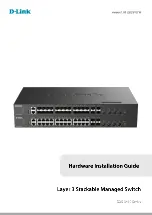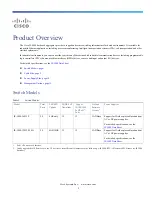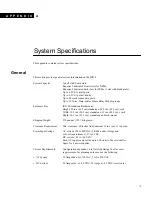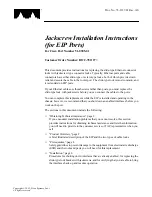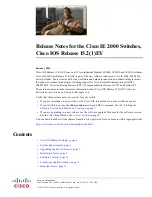
180
display transceiver alarm
Syntax
display transceiver alarm interface
[
interface-type interface-number
] [
|
{
begin
|
exclude
|
include
}
regular-expression
]
View
Any view
Default level
2: System level
Parameters
interface
[
interface-type interface-number
]: Displays alarms that are present on the specified or all
transceiver modules. The
interface-type interface-number
arguments specify an interface by its type and
number. If no interface is specified, the command displays present alarm information for all transceiver
modules.
|
: Filters command output by specifying a regular expression. For more information about regular
expressions, see
Fundamentals Configuration Guide
.
begin
: Displays the first line that matches the specified regular expression and all lines that follow.
exclude
: Displays all lines that do not match the specified regular expression.
include
: Displays all lines that match the specified regular expression.
regular-expression
: Specifies a regular expression, a case-sensitive string of 1 to 256 characters.
Description
Use the
display transceiver alarm
command to display alarms present on transceiver modules.
If no error has occurred,
None
is displayed.
describes the transceiver module
alarms that might
occur. Support for the transceiver modules depends on the device model.
Table 29
Common transceiver module alarms
Field Remarks
SFP/SFP+
RX loss of signal
Incoming (RX) signal is lost.
RX power high
Incoming (RX) power level is high.
RX power low
Incoming (RX) power level is low.
TX fault
Transmit (TX) fault
TX bias high
TX bias current is high.
TX bias low
TX bias current is low.
TX power high
TX power is high.
TX power low
TX power is low.
Temp high
Temperature is high.
Temp low
Temperature is low.
Voltage high
Voltage is high.































